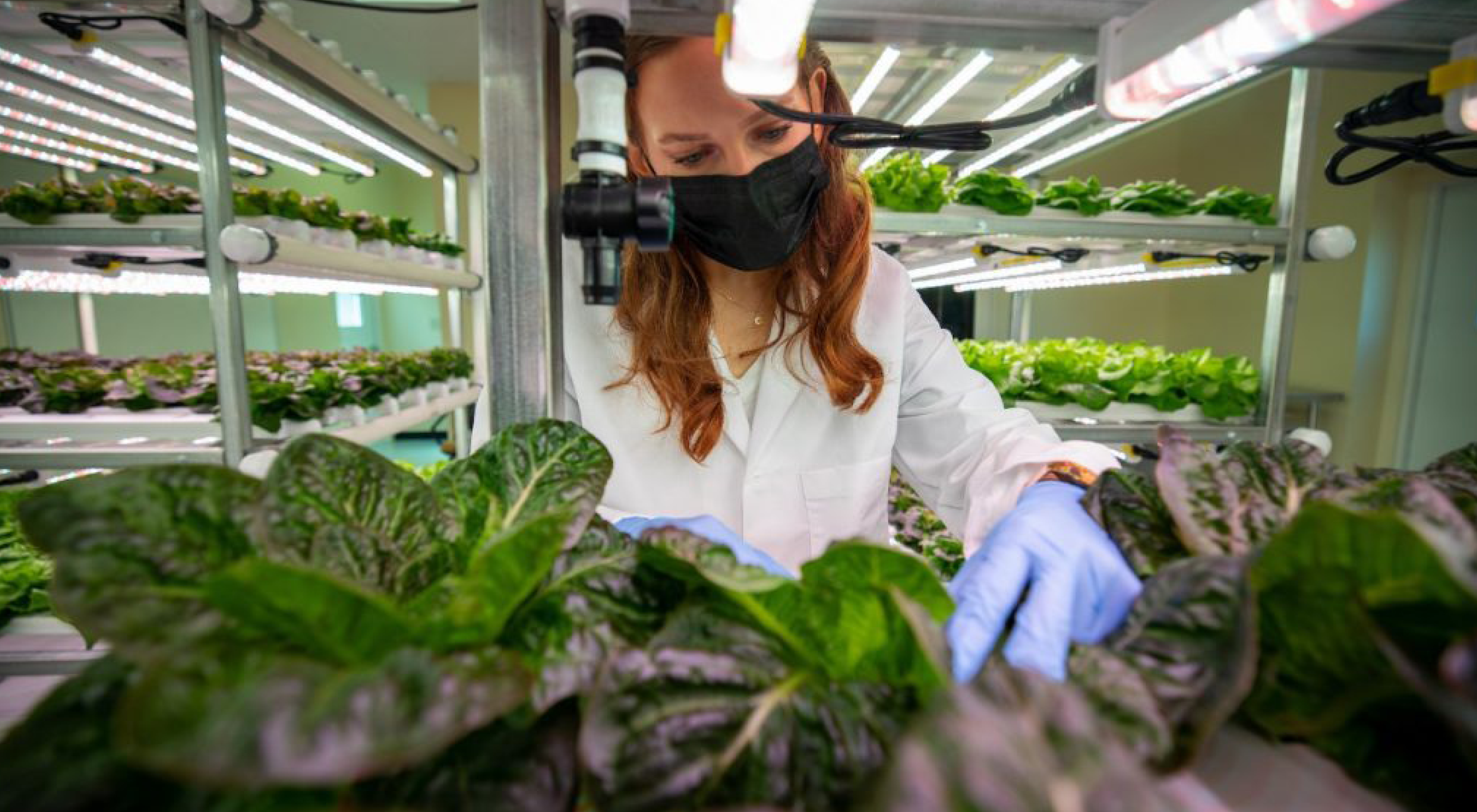The agricultural landscape is changing. Increased food production is needed to support the world population. Innovative efficiencies are needed throughout agriculture.
The College of Agriculture and Life Sciences recently created the Center for Advanced Innovation in Agriculture to operate at the intersection of technology, data analytics, and decisions to address challenges and security in the natural world and human society in the domains of plants, animals, and food systems.
On the Eastern Shore of Virginia, drones hover in the sky to provide growers with tools to tackle the pests and weeds that wreak havoc on their crops and manage the nutrients that help them thrive.
Students and faculty stationed at the Eastern Shore Agricultural Research and Extension Center are using advanced technologies to improve the practices of large- and small-scale farming operations, which face the ongoing challenges of water and pest management.
At the center, Extension specialist Emmanuel Torres Quezada is researching innovative cultural practices, such as irrigation management, to identify water requirements at nearby farms. Adhering to his innovative approach, he is using drones as his “eyes” in the sky to assist in this research.
“One of the technologies I’m using right now is remote sensing using multispectral cameras to identify crop stress,” Quezada said. “From the data we collect, we can make decisions about the crops below, such as how much to irrigate. This results in different methods that we can use to estimate the water requirement for different plants using cameras instead of having to measure the water in the soil or measuring the water on the plants.”
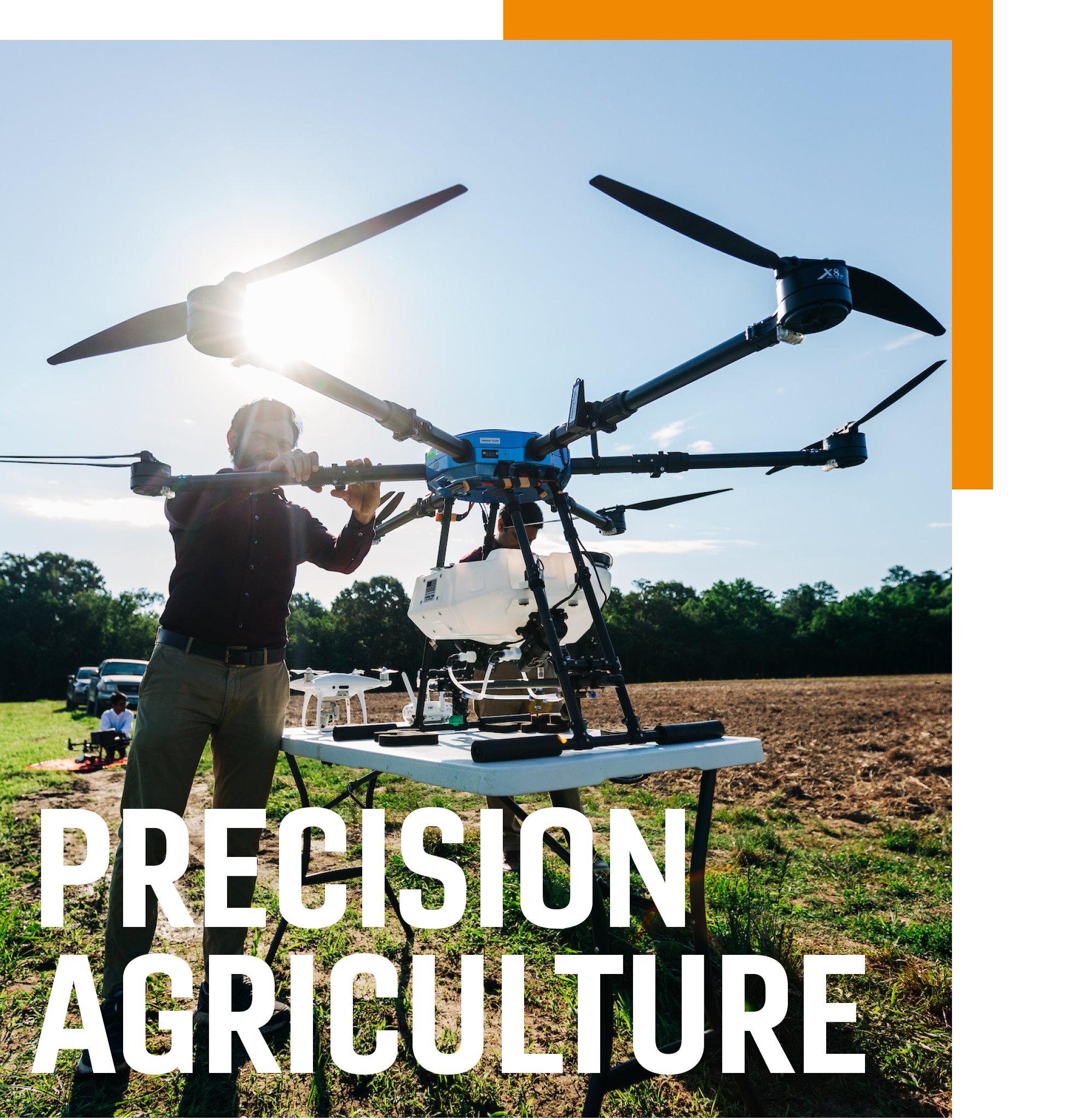
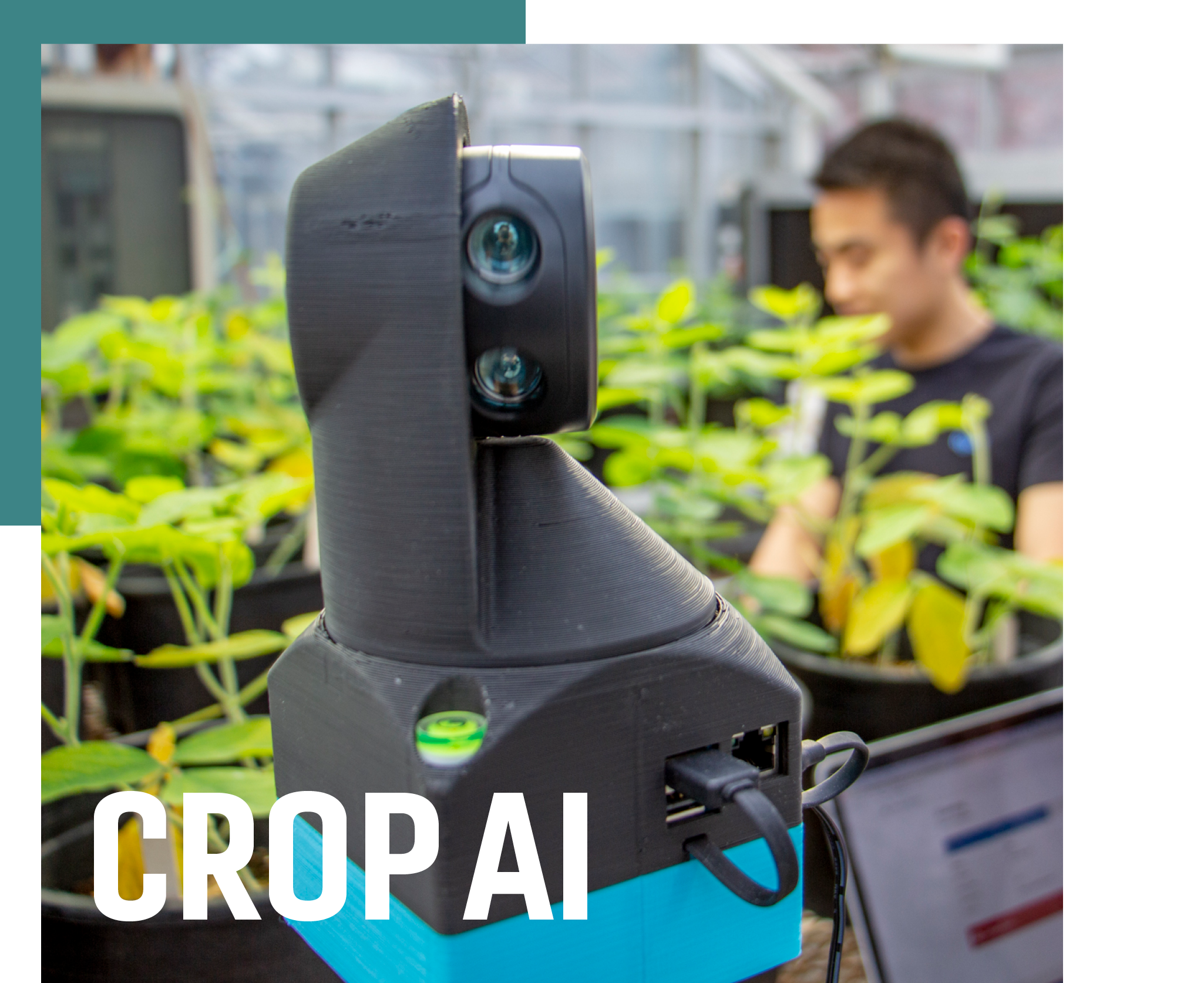
Song Li, an associate professor in the School of Plant and Environmental Sciences and affiliated faculty member of the center, is using a grant the college awarded him to study how machine learning can assess specialty crop health and quality.
Specialty crops have higher profit margins than traditional row crops and are a vital economic crop for Virginia and nearby regions. These crops are also well-suited to smaller-scale farms.
Through this research, Li and his team aim to develop new machine learning models that can be used by producers. The final product of this research is a portable device that includes a mobile phone application, a spectral filtering lens, and a miniature microscope that can be fitted onto a cell phone to collect data and make decisions automatically in the field. This example of artificial intelligence development for agriculture exemplifies opportunities for influencing agricultural decisions and driving the bioeconomy.
Early detection of both mastitis and pregnancy establishment allows dairy farmers to intervene quickly, provide health care, and implement management strategies to ensure maximum animal wellbeing and productivity – and that’s exactly what a team of researchers are undertaking.
“Our multidisciplinary and innovative research explores noninvasive and automated systems that can leverage hyperspectral imaging, robotics, and machine learning to detect and diagnose the early onset of subclinical and clinical mastitis and pregnancy establishment in dairy cattle,” said Vitor Mercadante, an assistant professor in the Department of Animal and Poultry Sciences, Extension specialist, and principal investigator of the project.
Mercadante and his team will develop a robotic sensor platform for animal health and production management, test the sensor platform by collecting controlled sample images, and develop a machine learning method for automatic classification of hyperspectral images to identify disease and non-diseased, and pregnant and non-pregnant cows. These technological innovations can sustain animal health, allow for early detection of animal illness, protect against loss of value, and support a continuous food supply.
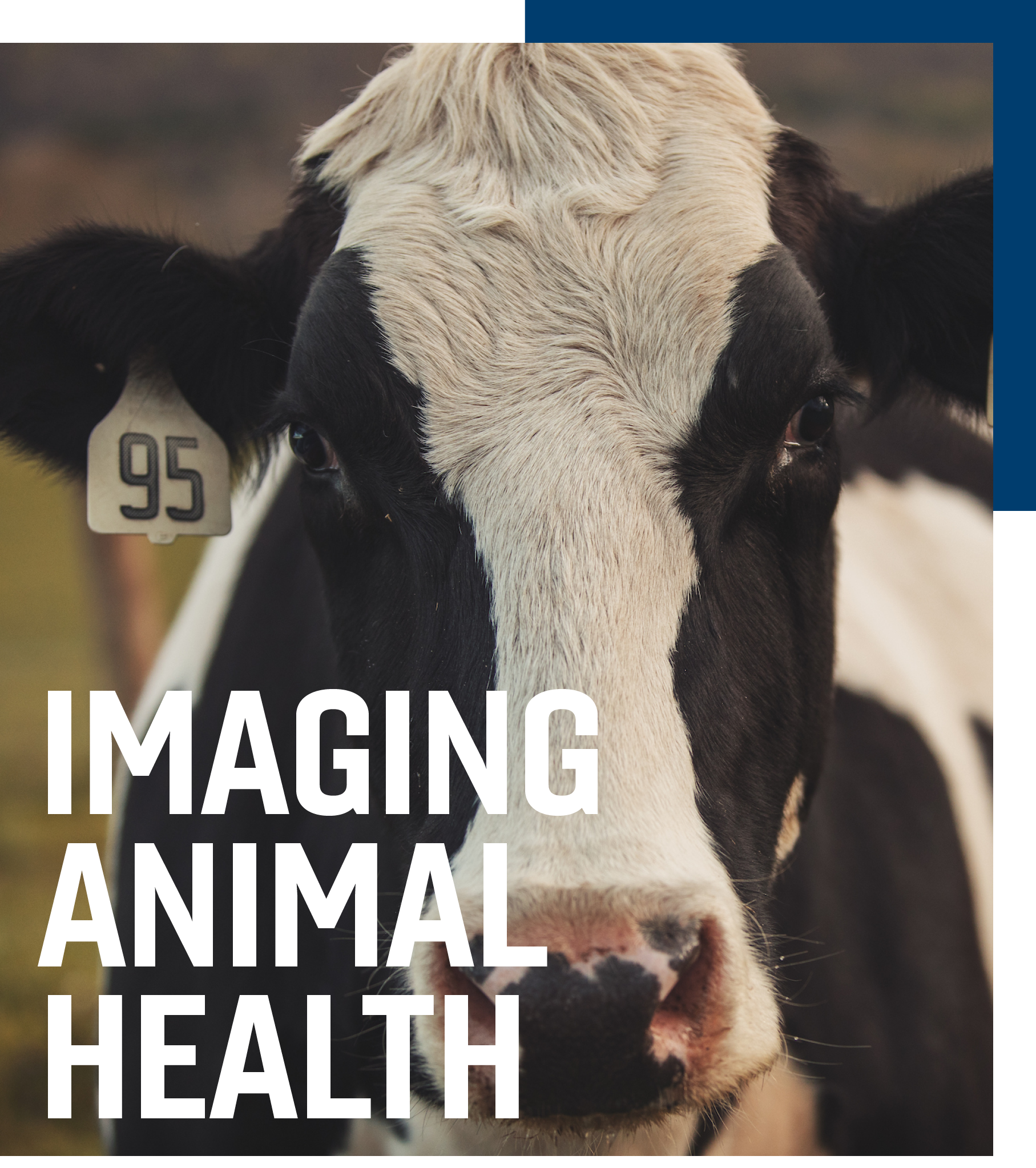
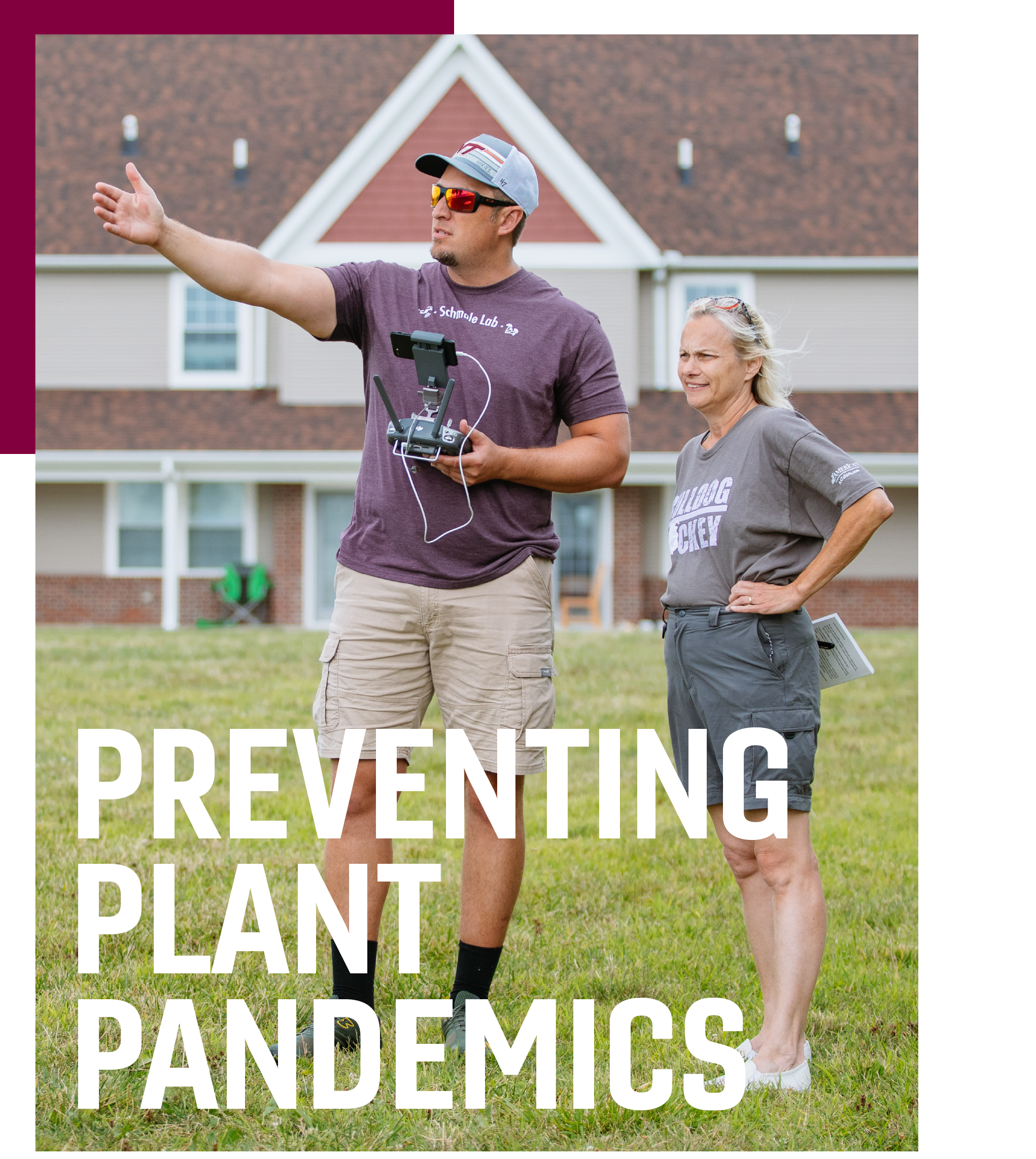
Just like human diseases, plant diseases don’t have arbitrary boundaries. These diseases don’t stop at a border crossing or a port of entry. That’s why plant disease surveillance, improved plant disease detection systems, and predictive plant disease modeling – integrated at the global scale – are necessary to mitigate future plant disease outbreaks and protect the global food supply, according to a team of researchers in a new commentary published in “Proceedings of the National Academy of Sciences.”
“The manuscript offers a unique and timely perspective on plant diseases, particularly in the context of the COVID-19 pandemic,” said David Schmale, a co-author on the paper and a professor in the School of Plant and Environmental Sciences. “What would happen if the world lost a staple crop, such as wheat, to a plant disease pandemic? The manuscript considers current tools and capabilities in the context of climate change and growing human populations. There is a clear opportunity to bring researchers together that work on the epidemiology of human diseases and plant diseases.”
Schmale was a part of a team of experts, led by North Carolina State University, that met in Raleigh, North Carolina, a few years ago to discuss plant diseases and their impacts on food security. This manuscript is the result of that meeting, and many of the experts that were there in Raleigh are co-authors of the paper.
